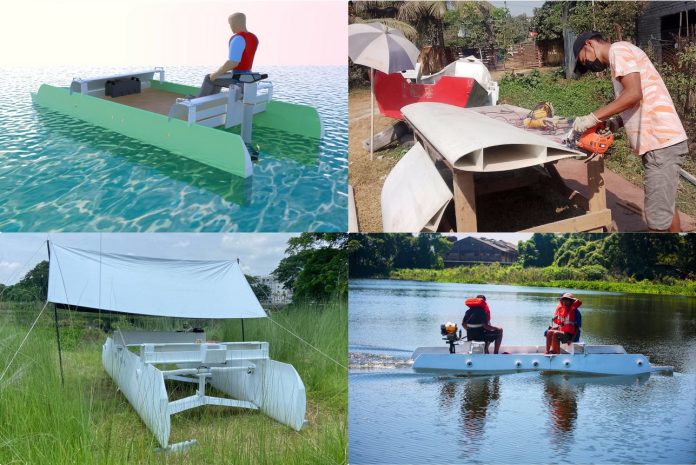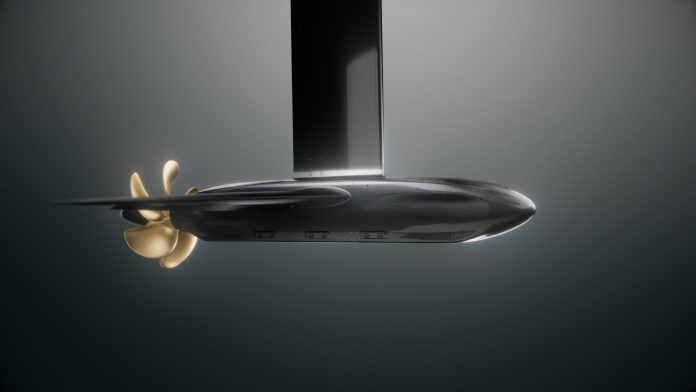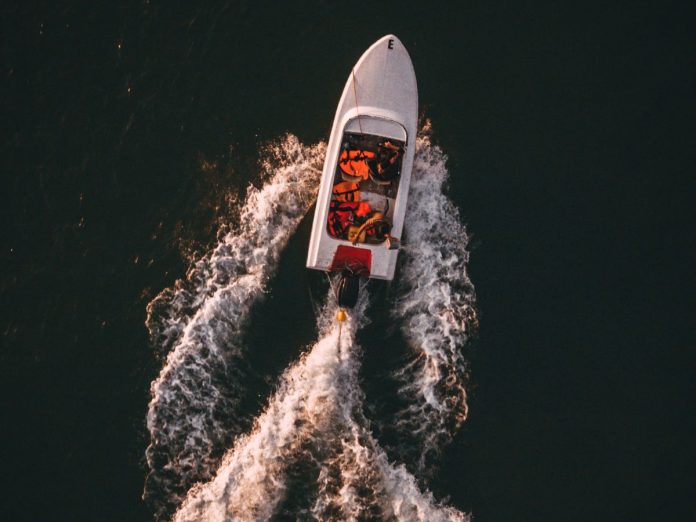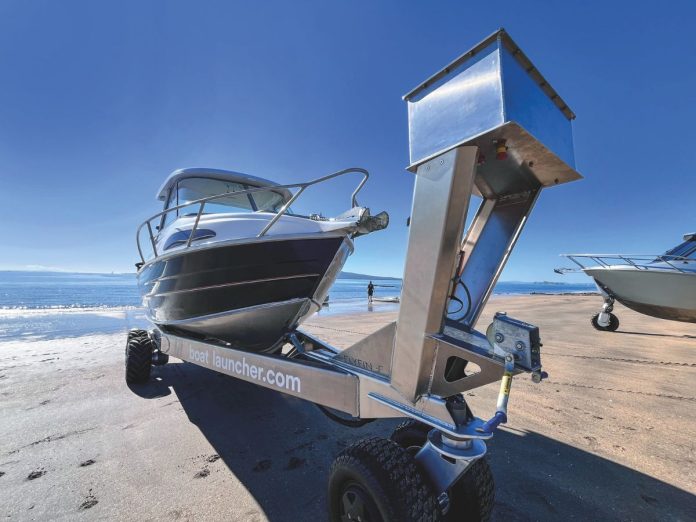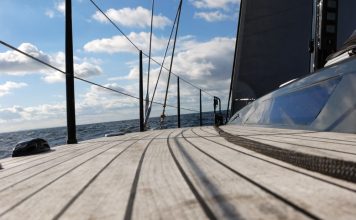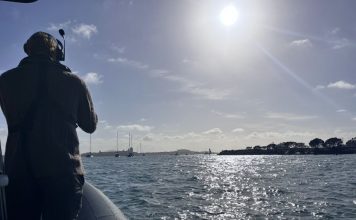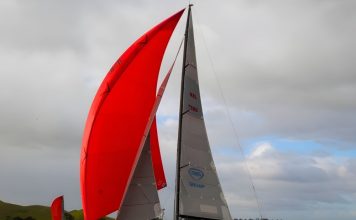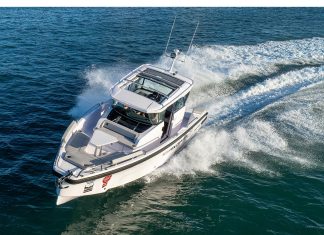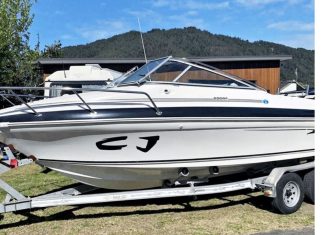A new chapter in boatbuilding is taking shape from a surprising source—retired wind turbine blades. Once destined for landfill, teams like Akvotransiro are finding these high-grade composites ideal for adaption into catamarans and pontoons, offering durability, strength, and affordability in one inventive package.
The reasoning behind the project is straightforward. Turbine blades are built from fibreglass and carbon fibre reinforced resins, the very same materials used in modern FRP hulls. They are designed to withstand decades of constant stress, heavy winds, and extreme weather, so even at end-of-life they retain much of their stiffness and structural strength. For Akvotransiro, that made them a natural fit for boatbuilding. Their slender, curved forms already resemble hydrodynamic hulls, requiring only minimal cutting and shaping to be repurposed.
Rather than relying on energy-intensive recycling, the company has been developing its Wind2Water process to adapt whole blade sections into modular components. These can be cut into lengths that fit into shipping containers, transported anywhere in the world, and then assembled into vessels or floating platforms. It’s a practical model that keeps energy use and emissions low while giving the material a second working life.
To test the concept, Akvotransiro built a four-passenger modular catamaran using discarded blades and bamboo composite poles as reinforcement. The prototype could be fully dismantled, was inexpensive to construct, and proved stable on the water. For the team, it demonstrated that turbine blades could move beyond symbolic reuse projects into scalable, real-world applications.
The inspiration, they note, came in part from history. In Southeast Asia, surplus US fighter jet fuel tanks were once cut and adapted into aluminium canoes—many of which are still in use after fifty years. With turbine blades, the base material is arguably even better suited for marine environments, offering light weight, strength, and long service life.
From passenger catamarans to pontoons and floating jetties, Akvotransiro believes the possibilities are wide-ranging. Their approach not only reduces costs but also makes use of materials that would otherwise be written off as waste. It is an innovation born from necessity, with the potential to reshape both boatbuilding and inland water transport.
For more details on the Wind2Water project and the vessels already taking shape, visit Akvotransiro’s website.








